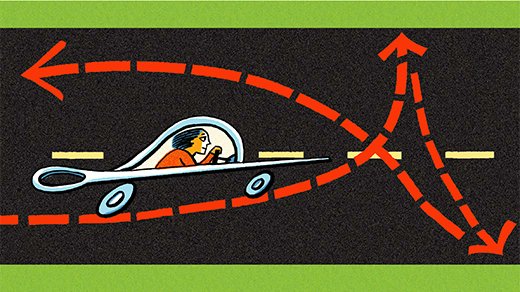My latest column for Quanta Magazine tells the mathematical story of the incredible high school student who proved a result about not-quite prime numbers that had eluded mathematicians for decades.
[Daniel] Larsen was a high school student in 2022 when he proved a result about a certain kind of number that had eluded mathematicians for decades. He proved that Carmichael numbers — a curious kind of not-quite-prime number — could be found more frequently than was previously known, establishing a new theorem that will forever be associated with his work. So, what are Carmichael numbers? To answer that, we need to go back in time.
You can read the full article for free here.

